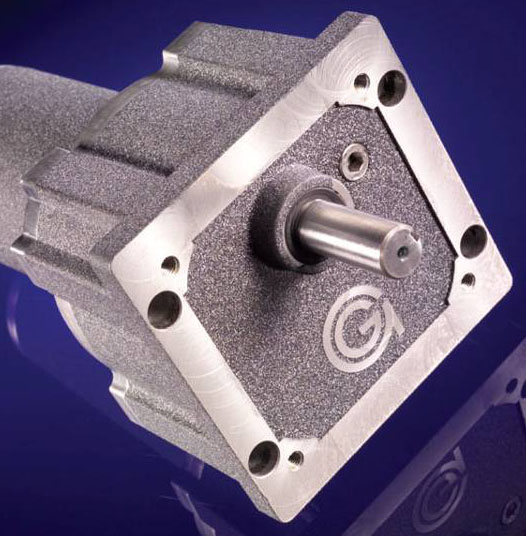Mobile:+86-311-808-126-83
Email:info@ydcastings.com
impeller suction
Understanding Impeller Suction A Key Component in Pump Design
In the world of fluid dynamics, the term impeller suction is critical when discussing the efficiency and functionality of pumps. An impeller is a rotating component of a centrifugal pump, designed to increase the pressure and flow of fluids. The process of suction is essential for initiating the pump's operation, as it draws fluid into the system. This article explores the principles of impeller suction, its significance in pump design, and the factors that affect its performance.
The Role of the Impeller in Pump Operation
The impeller is the heart of a centrifugal pump. It consists of blades or vanes that can vary in design depending on the application. When the impeller rotates, it imparts kinetic energy to the fluid, causing it to move outward from the center of the impeller. This movement generates a low-pressure area at the eye of the impeller, resulting in suction that draws fluid into the pump from the source.
The efficiency of this suction process is critical for the overall performance of the pump. A well-designed impeller will create sufficient suction head to overcome the resistance of the fluid and any elevation changes required for the fluid to reach the discharge point.
Understanding Impeller Suction Mechanics
Suction in centrifugal pumps is governed by several physical principles, primarily the Bernoulli principle. This principle posits that an increase in the speed of a fluid occurs simultaneously with a decrease in pressure. As the impeller spins, it increases the velocity of the fluid, which leads to a drop in pressure at the impeller eye, effectively causing fluid to be drawn into the pump.
There are two main suction types in pump design single suction and double suction. In single-suction impellers, the fluid enters from one side, while double-suction impellers allow fluid to enter from two sides, generally providing more efficiency and stability in high-capacity applications.
impeller suction

Factors Affecting Impeller Suction
Several factors influence the efficiency of impeller suction, including
1. Impeller Design The shape, size, and number of blades directly affect how fluid is drawn into the pump. For example, a high-specific-speed impeller design allows for more fluid to be moved at a higher efficiency, while the geometry of the blades can influence the flow patterns.
2. Fluid Properties The viscosity, density, and temperature of the fluid being pumped can significantly affect suction performance. For instance, more viscous fluids will create greater resistance, requiring more energy for the same flow rate.
3. Pump NPSH (Net Positive Suction Head) NPSH is a crucial aspect of pump design that determines the sustainability of the suction process. It is defined as the difference between the pressure head at the inlet and the vapor pressure of the fluid. A higher NPSH available (NPSHa) aids in preventing cavitation, which can lead to pump damage and loss of efficiency.
4. System Configuration The layout of pipes, fittings, and valves in a pumping system can create restrictions that disrupt fluid flow, thereby affecting the suction capability of the impeller. Proper design and installation can minimize these effects, ensuring efficient operation.
Conclusion
Understanding impeller suction is essential for engineers and designers aiming to create efficient pumping systems. By considering the factors that affect suction performance, including impeller design, fluid properties, NPSH, and overall system configuration, designers can optimize the functionality of pumps for various applications. Whether in industrial processes, water supply systems, or wastewater treatment, the effective use of impeller suction can lead to greater efficiency, reduced operational costs, and enhanced performance in fluid management systems. As technology continues to evolve, ongoing research and innovation in pump design will further enhance our understanding and application of impeller suction in diverse industries.
-
Understanding Metal Casting TechniquesNewsApr.02,2025
-
Understanding Exhaust Manifolds for Enhanced Engine PerformanceNewsApr.02,2025
-
The World of Metal FabricationNewsApr.02,2025
-
Key Components for Pump and Turbo EfficiencyNewsApr.02,2025
-
Essential Tools for Automotive Maintenance and RepairNewsApr.02,2025
-
Durable Valve Components for Effective Water ManagementNewsApr.02,2025











